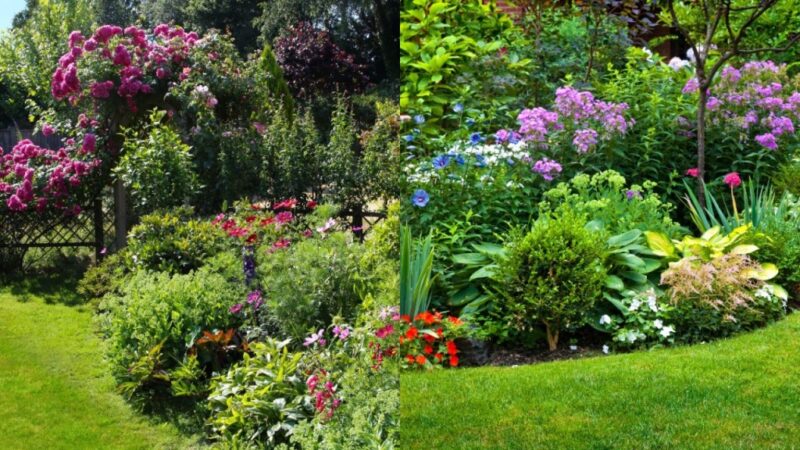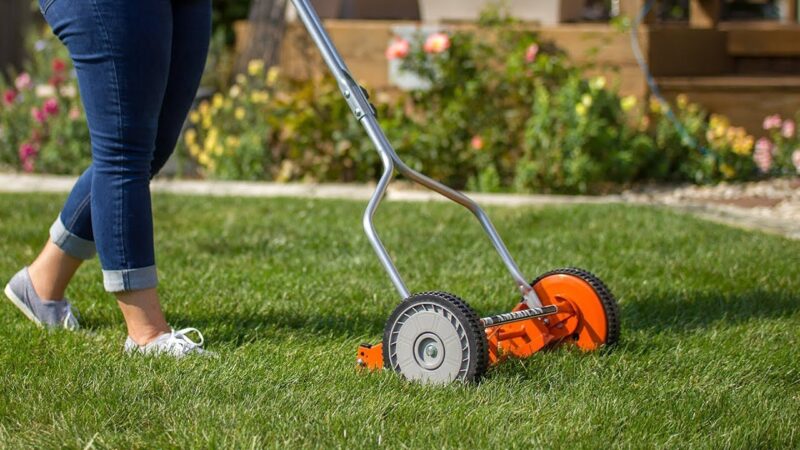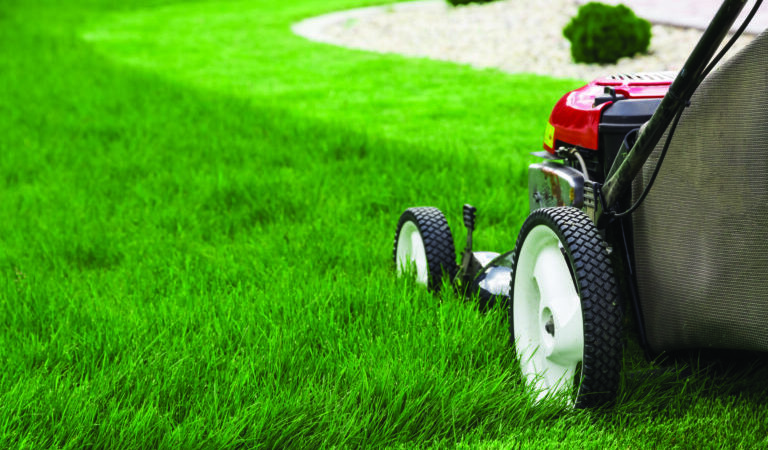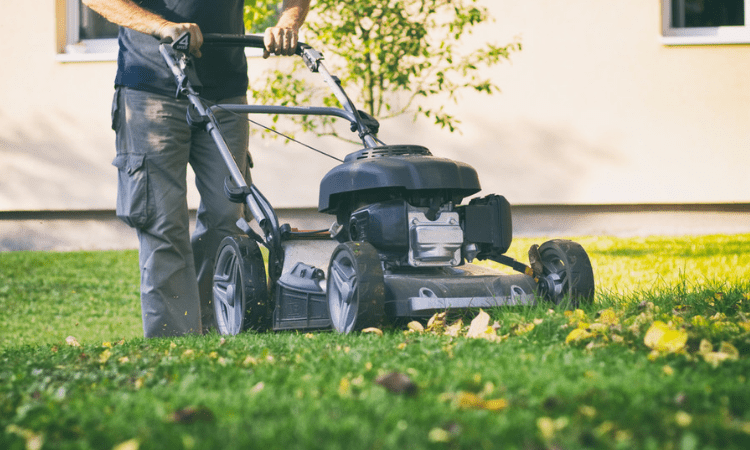How to Grow and Care for Persimmon Fruit Tree
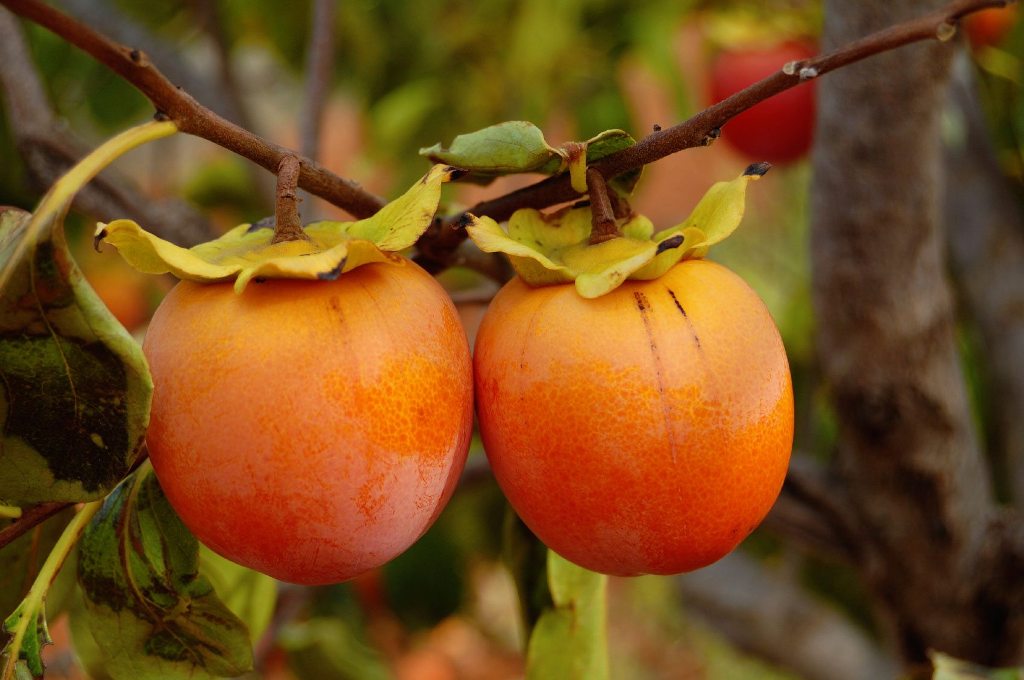
One of the popular nonvegetarian dishes, Persimmon glazed ham, is famous all across the world. Well, you must be wondering what exactly this Persimmon is. Well, here is the answer for you. Persimmon is a perennial fruit. The species of trees that bear this fruit belongs to the genus Diospyros. There are many varieties and species of Persimmon that are cultivated across the world, and the most common variety being Diospyros kaki is heavily cultivated and commercialized in some Asian countries, especially Japan. The fruit belongs to the family Ebenaceae.
Features of the Plant
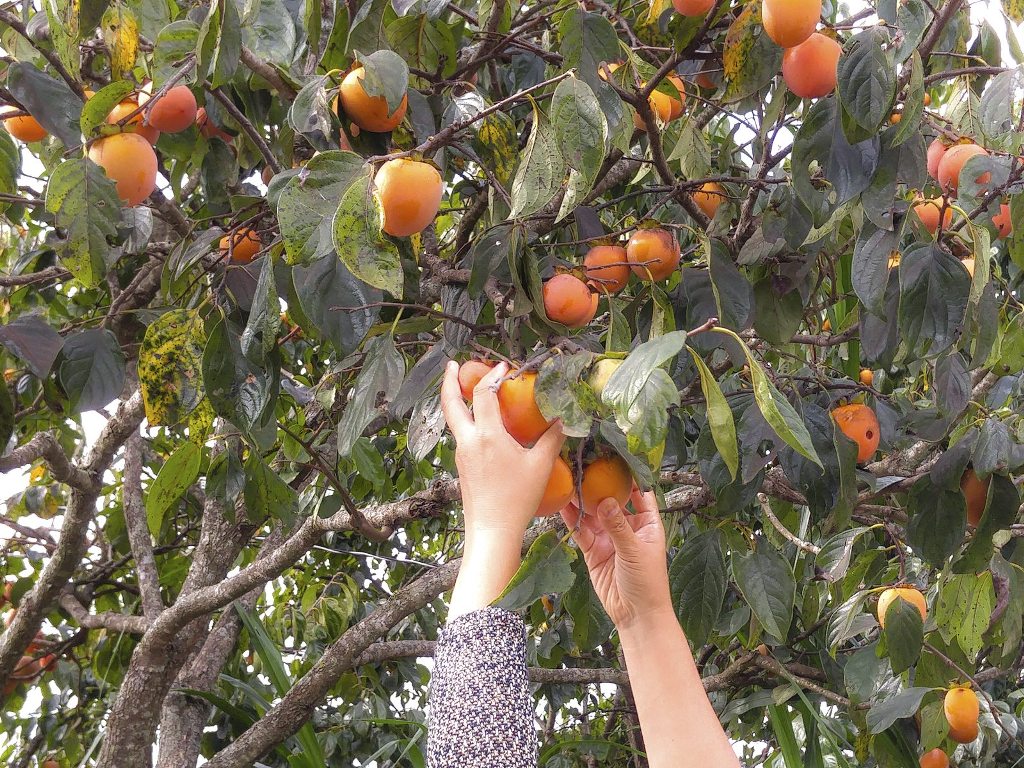
The persimmon plant, especially the variety Diospyros kaki, can grow very long and tall and reach almost a height of 60 ft. Massive, yes, we know. Most times, the tree stays neat, straight, and erect. The leaves of the plant usually have an oblong shape, and their color is somewhere in the middle of blue and green, with both shades and a tint of each other being present. Even though the leaves are oblong, they can grow as long as almost 6 inches, or about 15 cm, which is the length of the standard small scale. You may also find brownish hair particles on this leaf. Even though the leaves have a greenish-blue color, during autumn, they transform into a beautiful shade of yellow, orange, red, brown, and other such fall shades.
There are two common varieties of Persimmon, and these are Fuyu and Hachyla. The Fuyu has a yellowish-orange color, and they closely resemble tomatoes in their shape and size. When the fruit becomes ripe, it becomes even more firm, but this variety of Persimmon is best consumed when the fruit is still soft and not so firm. Hachyla, on the other hand, has an acorn like shape, and they are more orange-reddish. These plants are also very soft, and the flesh tends to be very sweet and delicious.
Benefits of Persimmon
Some of the many health benefits and others of the persimmon plant are as follows.
- They are a rich source of antioxidants that prevent cell damage.
- One Persimmon contains more than 100 calories. The fruit is packed with many vitamins, minerals, and other essential nutrients.
- Even though just one Persimmon carries about 118 calories, the fruit is also very rich in fiber; therefore, it is extremely beneficial for weight loss.
- Being a rich source of vitamin C, eating the fruit can reduce inflammation, and thereby many other diseases also since inflammation causes many diseases.
- They lead to a better and healthy vision.
- Persimmons are also known to improve heart health.
Growing Conditions for Persimmon
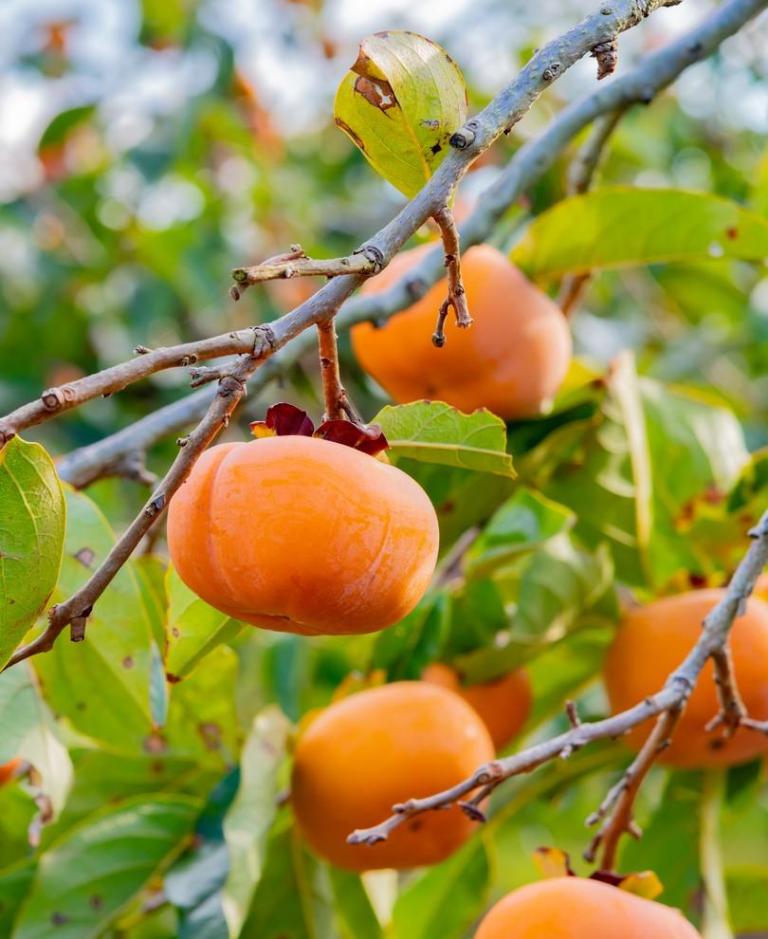
- Soil – the soil should be well-drained and slightly acidic in nature. It should also be fertile enough.
- Sunlight – these plants best grow when they are exposed to full sun. Each plant should also be about 25 feet apart from the other.
- Companion plants – mint is a great companion plant for persimmons.
- Fertilizer – mint is a good companion plant for persimmons.
- Harvesting – the fruits should be cut out from the tree before they turn ripe.
- Common pests and diseases – aphids, slugs, and snails.
Even though you basically don’t need to worry about the plant once it has properly been established, bearing fruits will take a really long time, and one has to be very patient.
Yes, they can be grown in pots. The only thing you need to consider is to buy or get a really large pot or container that will accommodate the root system that would enable it to grow, just like it would in soil.
They don’t require much in terms of fertilizer, but again, make sure that they are not overfed with nitrogen. When using, balanced fertilizer such as 10-10-10 or 20-20-20 can be used.
